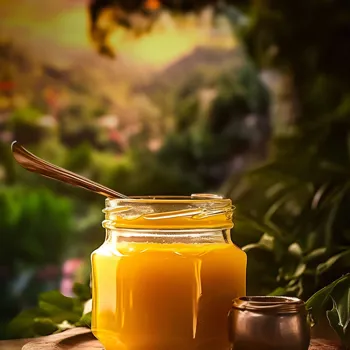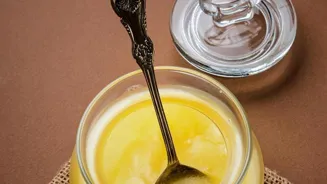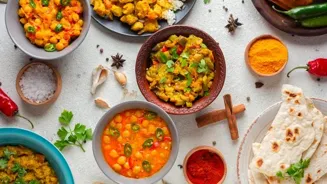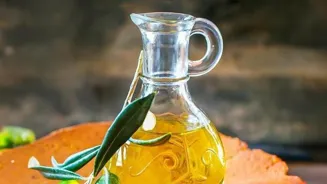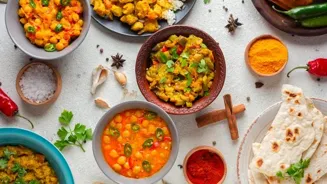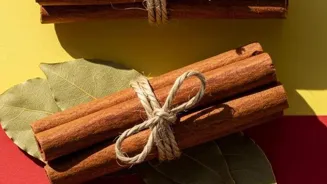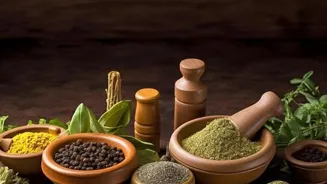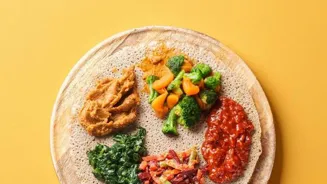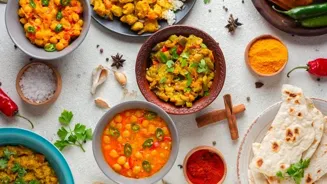Discover the magic of ghee in Indian cuisine. Dive into its benefits, usage tips, and culinary delights!
Ghee, or clarified butter, is a staple in Indian households. It's more than just a cooking medium;
it's deeply rooted in our traditions, Ayurveda, and, of course, our food! For generations, our grandmothers and mothers have sworn by its health benefits and distinct flavor.
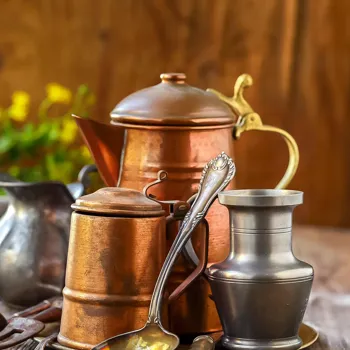
From sizzling pooris to fragrant halwas, ghee adds that 'something special' which elevates every Indian dish. So, let's dive into understanding why ghee is so beloved and how to use it to create magic in your kitchen.
Firstly, ghee is loaded with good fats.
It contains fat-soluble vitamins like A, D, E, and K, which are essential for overall health. These vitamins help in everything from boosting your immune system to keeping your skin glowing. Unlike some other fats, ghee is also easily digestible ,making it gentler on your stomach.
Think of it as your everyday wellness booster hidden in a jar!
Seven Solid Reasons to Embrace Ghee
Boosts Immunity: Ghee is a powerhouse of antioxidants that protect your cells from damage. Daily consumption can improve the body’s resistance to infections.
Aids Digestion: Ghee stimulates the secretion of digestive juices, improving nutrient absorption and preventing bloating. This is why it’s often added to traditional dishes like khichdi.
Nourishes Skin: You can use ghee on your skin which will moisturizes it.
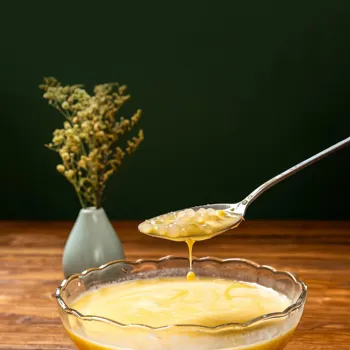
Ghee helps to keep it soft and supple, and fight dryness.
Strengthens Bones: Thanks to vitamins K and D, ghee plays a crucial role in strengthening bones and preventing osteoporosis.
Improves Memory: Ghee is considered a brain food in Ayurveda.
It is believed to enhance memory and cognitive function.
Anti-Inflammatory Properties: The butyrate in ghee has anti-inflammatory effects, which are beneficial for gut health and overall well-being.
Good for Heart Health: Contrary to popular belief, studies show that moderate consumption of ghee doesn’t negatively impact cholesterol levels. In fact, some studies suggest it may even improve heart health.
Ghee is an integral part of several festive dishes. During Diwali, no ladoo is complete without a generous helping of ghee. Similarly, Pongal celebrations in South India always have ghee-drenched pongal, a rice and lentil dish. Even simple dishes like dal tadka become unforgettable when topped with a spoonful of hot, fragrant ghee.
How to Cook with Ghee: Your Guide to Culinary Success
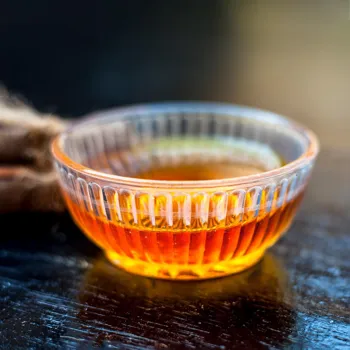
Tempering (Tadka/Baghar)
This is where ghee shines! Heat ghee in a small pan, add spices like mustard seeds, cumin seeds, asafoetida (hing), and curry leaves. Once they splutter, pour this flavorful mixture over dals, vegetables, or rice for a burst of flavor.
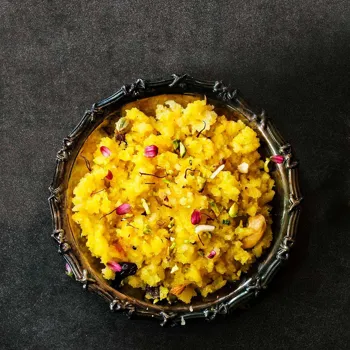
Roasting Spices
Dry-roasting whole spices in ghee before grinding them intensifies their aroma and flavor. This is especially useful for making garam masala or spice blends used in curries.
Deep Frying (with Caution)
While ghee has a high smoke point, use it for deep frying sparingly. Ghee-fried pooris and bhaturas are a treat, but moderation is key. Make sure not to overheat the ghee.
Baking
Use ghee as a substitute for butter or oil in your baking recipes. It adds a rich, nutty flavor to cakes, cookies, and even breads. Experiment with replacing equal parts of butter or oil with ghee in your recipes.
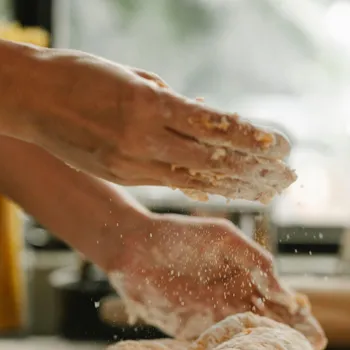
Grilling/Pan-Frying Vegetables
Ghee imparts a delicious caramelization to vegetables when grilled or pan-fried. Toss vegetables like paneer, bell peppers, and onions with a little ghee and your favorite spices before cooking.
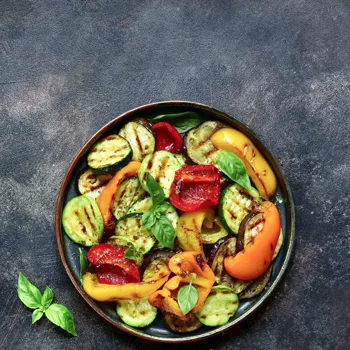
Sweet Dishes (Halwas, Sweets)
Halwas, barfis, and other Indian sweets are incomplete without ghee. Ghee not only adds flavor but also gives these sweets their characteristic texture and richness. Using good quality ghee is essential for the best results.
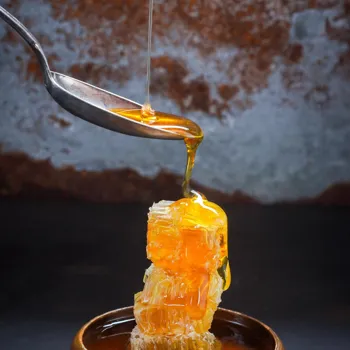
Adding to Rice/Khichdi
A simple dollop of ghee on freshly cooked rice or khichdi takes the flavors to the next level. It adds a layer of richness and enhances the overall dining experience.
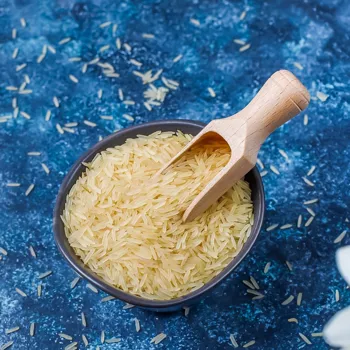
Experimenting with ghee in different recipes is key to discovering your own favorite uses. Whether you are a seasoned cook or just starting out, incorporating ghee into your cooking repertoire will surely elevate your dishes and add a touch of Indian authenticity to your food. So go ahead, grab that jar of golden goodness, and start exploring the magical world of ghee! When buying make sure to buy organic ghee.
Ghee made from cow milk is recommended which has higher nutritional values. The ghee also should have a nice tempting aroma. It can be stored at room temperature. Always use a wooden spoon to scoop ghee out of the jar.
